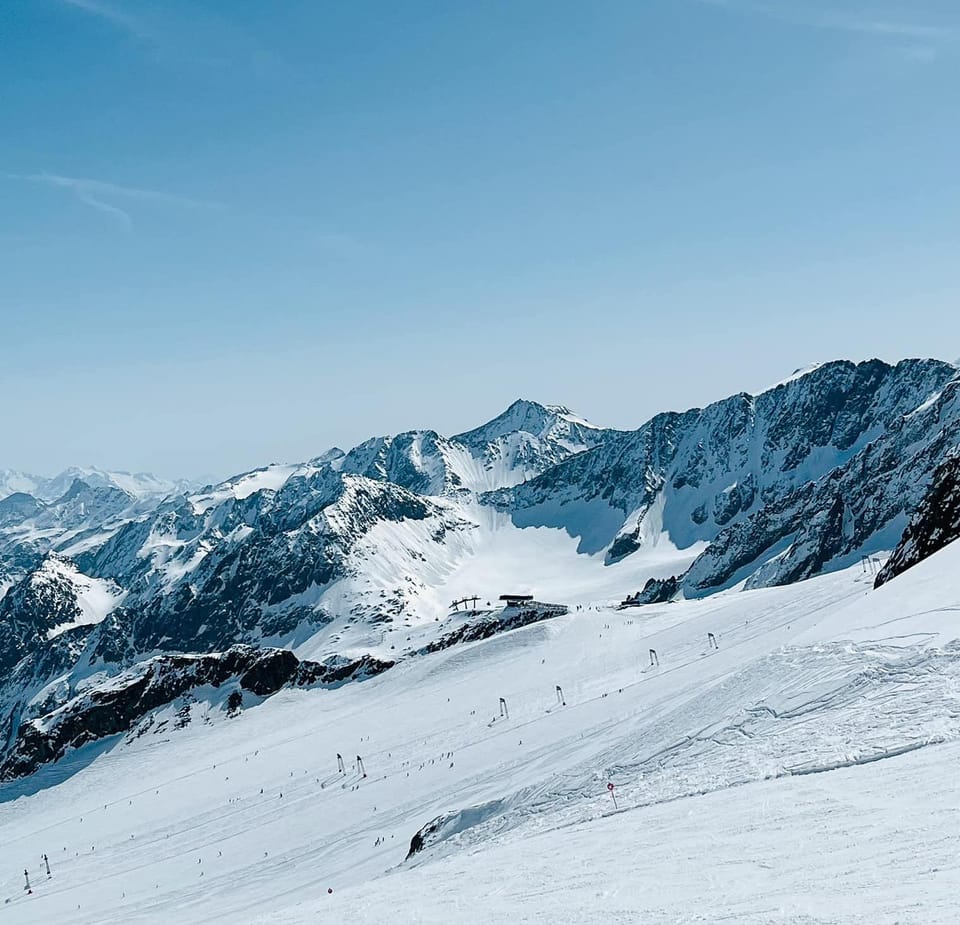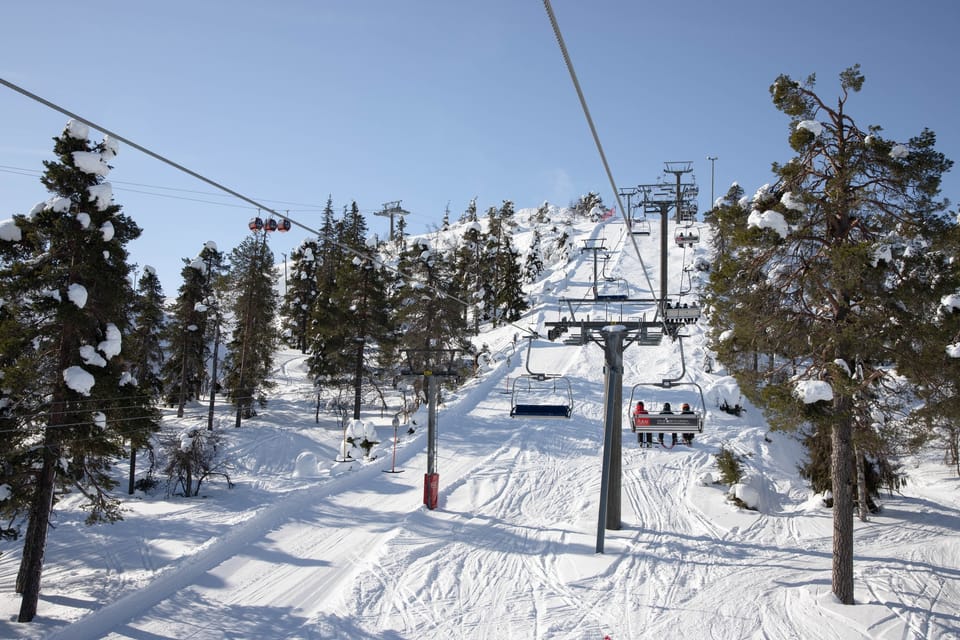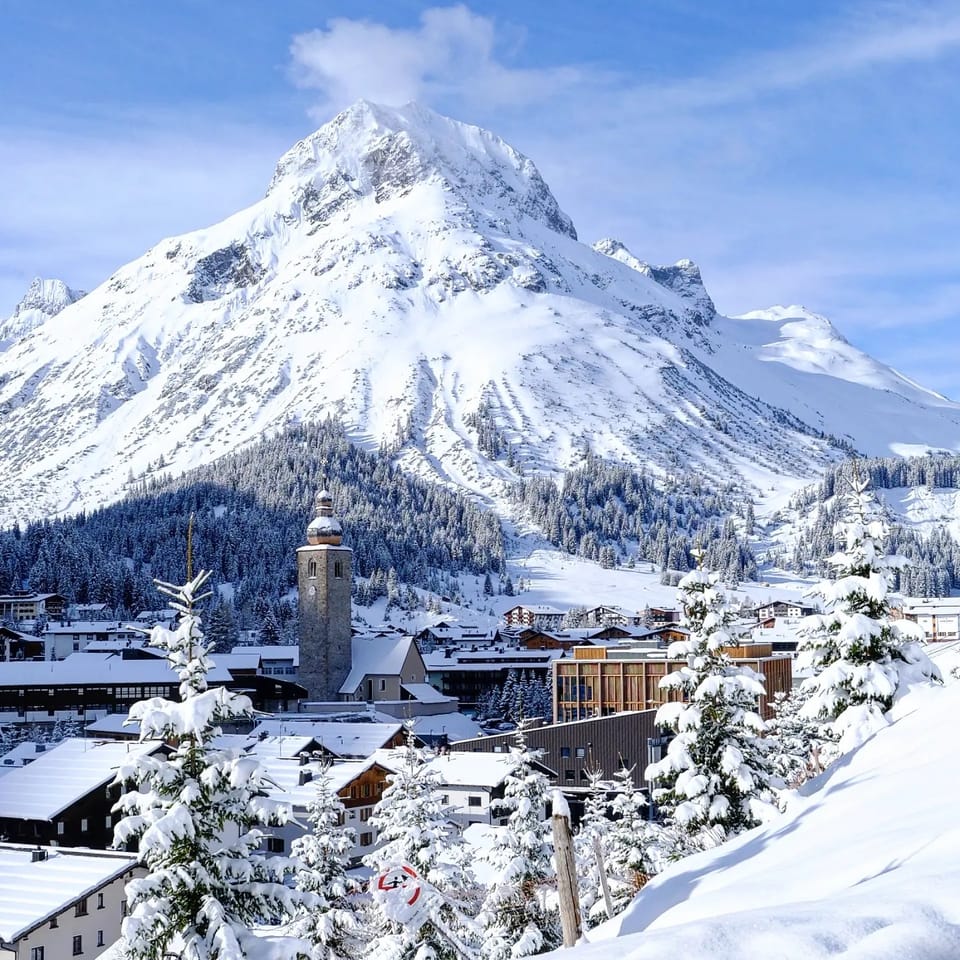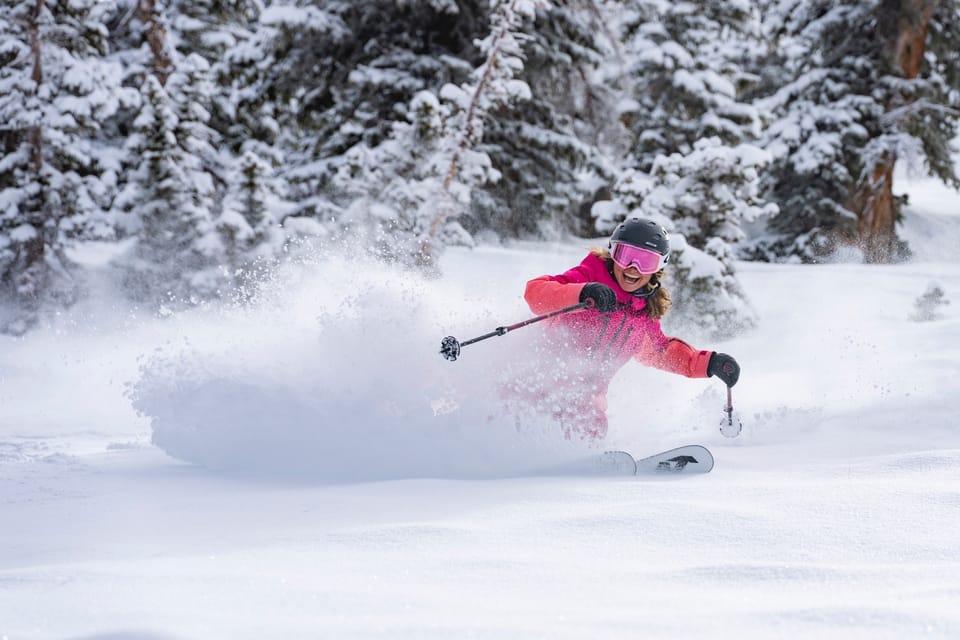WORLD SNOW ROUNDUP #157

Issued: 16 September 2020
By Patrick “Snowhunter” Thorne
North American Roundup
European Roundup
Asia Roundup
SOUTHERN HEMISPHERE OVERVIEW
SOUTHERN HEMISPHERE INTRO| There’s a definite ‘end of the season’ feel in most Southern Hemisphere ski areas right now. Indeed, some are closing for 2020 earlier than they might otherwise have been expecting to due to the impact of the pandemic, in some cases because they can’t open due to lockdown, in others because it’s not viable to operate due to the extra costs vs possible end of season revenue.
In any case, we’re hearing of centres closing in South America and New Zealand, joining those which closed in southern Africa a fortnight ago. As of yet there’s no sign that ski areas in Victoria, Australia, which had been closed by the second lockdown there until at least September 13th, will be re-opening any time soon. With time running out in terms of the regular season anyway, it’s currently not looking too promising for a final hurrah.
But more than a dozen ski areas are still open in New Zealand, and a handful each in Australia, Argentina and Chile.
AUSTRALIA
AUSTRALIA REPORT| It’s another mostly snowy week in Australia, and with all the ski areas in Victoria still closed, it’s generally the big resorts in New South Wales: Perisher (35/113cm / 14/45”) and Thredbo to choose from. The warm weather and the lack of many natural snowfalls this season are taking their toll on the cover and Perisher’s open terrain has almost halved from a high point of 80km of runs in late August to 42km now, only just clinging on to its status as having the most terrain open of any ski area at present (there’s not a lot of competition). Temperatures are still staying around zero overnight at the top of the runs but are hitting 10 degrees above freezing in the daytime, 15 degrees on the warmest days at the base. This is not good for snow cover which is thawing fast, nor for running snow-making machines at night.
AUSTRALIA FORECAST| After the sunny days of recent weeks there is precipitation in the forecast for Australian ski slopes this week. The only problem is temperatures are so warm this looks most likely to fall as rain, not snow, potentially leading to a further deterioration in the snowpack.
NEW ZEALAND
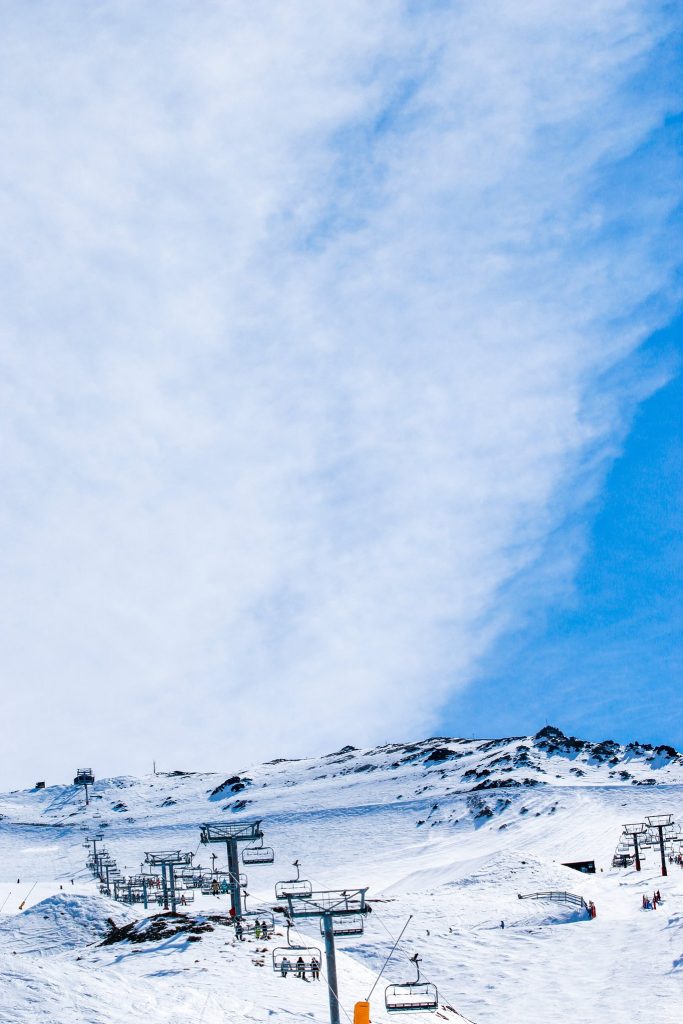
NEW ZEALAND REPORT| It has been the best week of the season so far for snow conditions. In fact, some are claiming last Wednesday and Thursday offered the best conditions for five years; however, that is a matter of personal opinion.
Repeated big snowfalls through last week brought 30-60cm (1-2 feet) of fresh snow to New Zealand slopes. Better still, between the storms, many centres enjoyed perfect blue sky days to enjoy it to the max. Mt Hutt (60/190cm / 24/72″) is now boasting a near two-metre base and has almost everything open. It’s a similar picture at pretty much all of the country’s commercial fields and most of the volunteer-run club fields, several of which had been struggling to open due to a shortage of snow until now, If we look back to the start of the season, when New Zealand was still experiencing its first restrictions, just before they were lifted completely for a few months some resorts announced they’d end their seasons earlier than usual (as well as starting late and in some cases only opening weekends in low season). Some of these are now announcing extended seasons with Treble Cone (100/148cm / 40/59″) reporting they’ll be open to September 20th, a week later than earlier announced. This rather fits with having by far the best conditions of the season. Other NZ areas plan to stay open 2-3 weeks longer than that, some possibly through to late October.
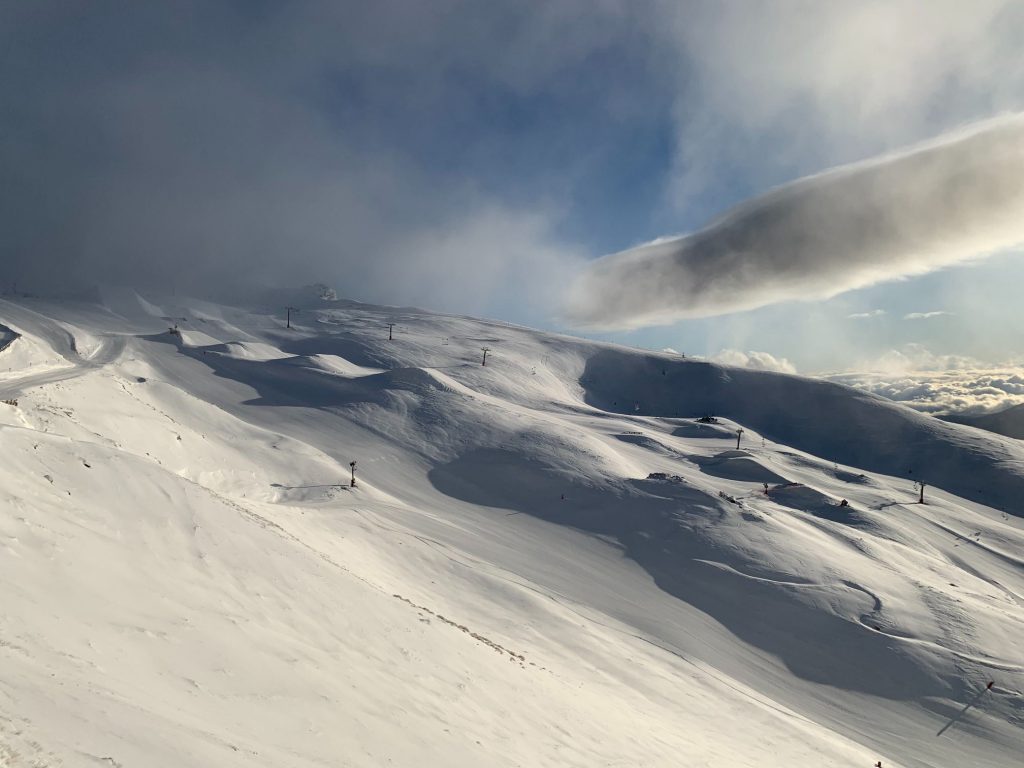
NEW ZEALAND FORECAST| The current cold, sometimes snowy and stormy weather in New Zealand should continue through to Friday, after which skies are expected to clear, temperatures rise and the sun reappear. It’s currently dropping to double digits below freezing at times, but on Saturday and Sunday it could go in the other direction above freezing and have a very spring-like feel in the air.
ARGENTINA
ARGENTINA REPORT| The end of season feel extends to Argentina where Caviahue decided to call it a day on its short 2020 season at the weekend. Despite this the snow has continued falling on Argentinian slopes, around 15cm (six inches) reported on Monday/Tuesday. Catedral (55/190cm / 22/72”), near Bariloche, now has the most terrain open of any ski area in the world (45km of runs), although it was closed earlier this week by the weather. Cerro Bayo (50/300cm / 20/120”) has the deepest snowpack in the world at present.
ARGENTINA FORECAST| The snowstorms should pass by the end of Wednesday leaving clear skies and a sunny end to the week. With spring starting to get a grip though it could be quite warm in the afternoons, reaching 10 or 15 degrees above freezing at times on lower slopes and well above freezing at the top of the runs too, which obviously isn’t great news for the snowpack; however, most open resorts do have enough to see out the season.
CHILE
CHILE REPORT| There’s no change in terms of what’s open in Chile, the same three areas as before: La Parva (30/80cm / 12/32”), El Colorado/Farellones (30/80cm / 12/32”) and Corralco (60/130cm / 24/52”) and it looks very unlikely now that any other Chilean ski areas will open this season. There’s little change in snow conditions on a week ago either, although the week has started cool and sometimes snowy at several of the areas, so the slopes have at least had a freshen up. Each has around 20km (13 miles) of slopes open, La Parva marginally the most at 24km (15 miles), all the same as a week ago.
CHILE FORECAST| After the snowy start to the week temperatures will be climbing and the sun returning over the next few days and in to the weekend. Temperatures should be double-digits above freezing in the afternoons by Saturday signalling the end of the 2020 season is arriving fast in Chile too.
SOUTHERN AFRICA
There are no known ski areas operating lifts for skiing in Africa at present. The 2020 season ended at Afriski, in Lesotho, during the last weekend of August and it never happened at Tiffindell, in South Africa, due to the lockdown through the winter there.
NORTH AMERICA
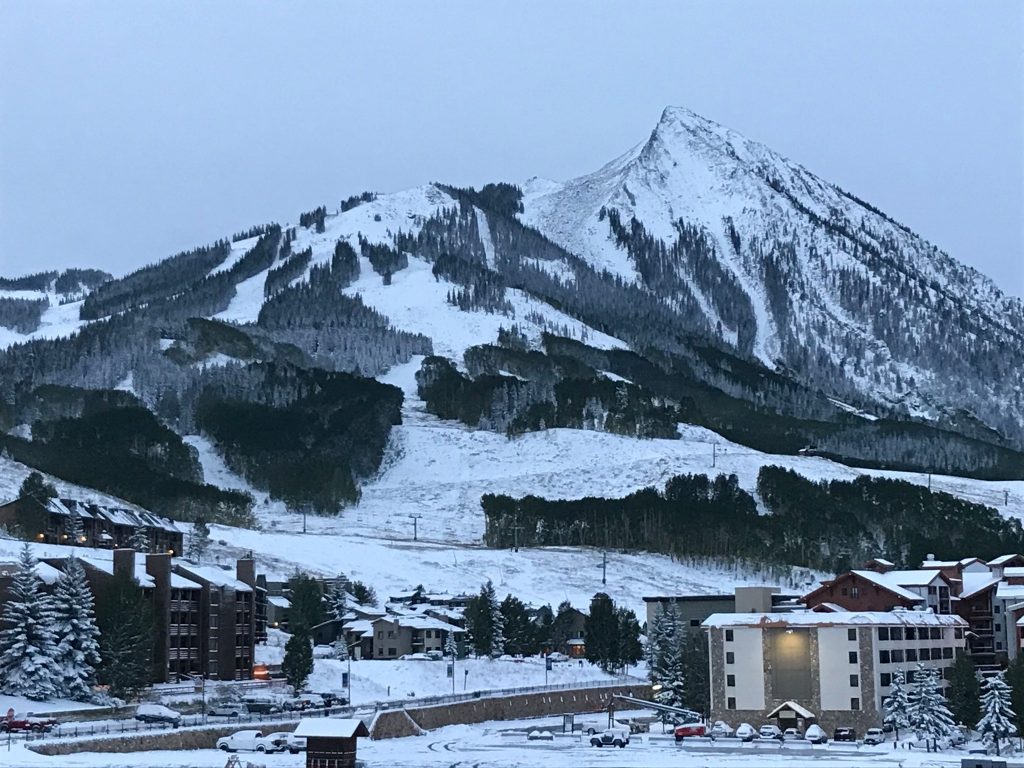
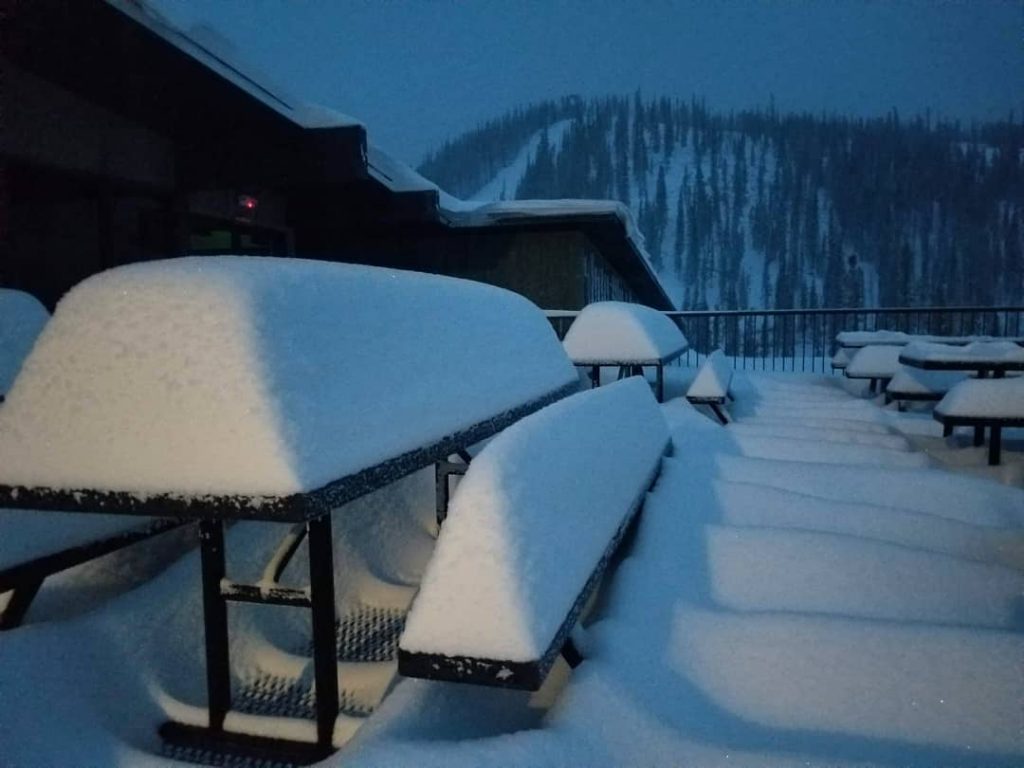
It was quite a week in North America, particularly Colorado, with a remarkable drop in temperature of up to 60 degrees Fahrenheit that was just happening as we prepared last week’s report. Initial snow at top of resort-level was widespread with resorts in Utah, Wyoming and even as far south at Taos in New Mexico getting a covering; however, Colorado resorts reported the biggest falls by last Wednesday morning, eight inches (20cm) at Aspen and as much as 18 inches (45cm) at Monarch Mountain. At the same time, much of western North America was suffering extreme forest fires following weeks and months of heat. Ski resorts including Mammoth, in California, and Timberline, in Oregon, were closed to summer visitors because of the high danger level.
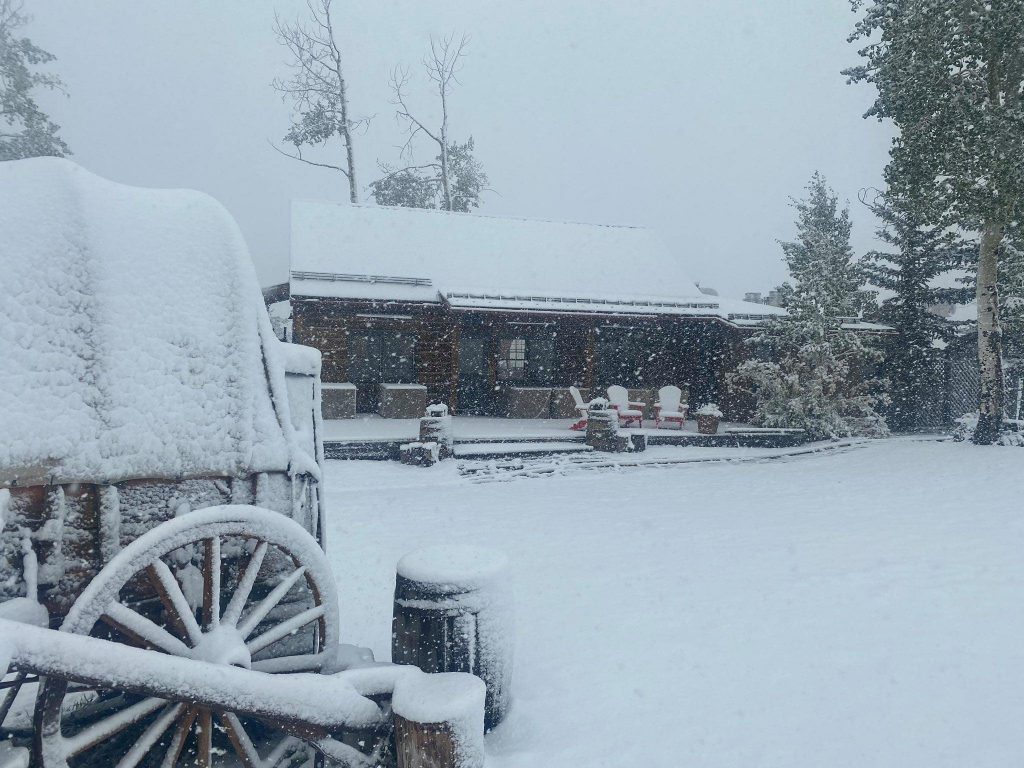
On Friday, September 11th a lift was briefly set into operation at Wolf Creek in southern Colorado which had reported 15 inches (37cm) of snowfall and a few skiers made a few turns on the snow which accumulated there just to say it had been done really. They reported, “very wet snow” during this “test” of operations. Otherwise, there are no known ski areas operating lifts for skiing in North America at present. Although the snowfall last week has already largely or completely melted away again at most areas, the first ski centres are expected to start opening at high elevations in states like Colorado from late October. Nakiska, in Alberta, has set Friday 30th October as their target opening date, the first on the continent to name a date in October, although others will open sooner if conditions are good.
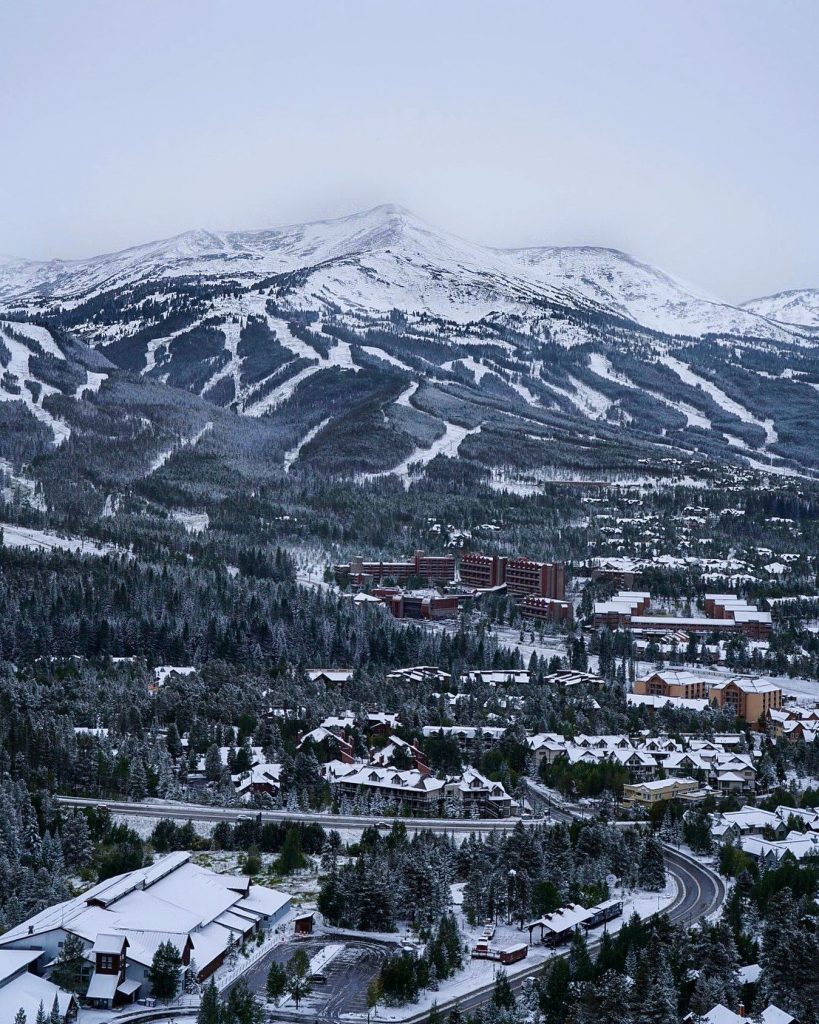
INTRODUCTION EUROPE
The start of Europe’s 2020-21 ski season could be considered only days away now (if you don’t consider it started already last July when Saas-Fee started its 20-21 season through to next April) with the first of around a dozen glacier ski areas due to open this coming weekend, several for the first time since forced to close early for last season back in March. Several glacier ski areas in Austria and Italy are due to open this coming weekend, almost doubling the number currently open if they do so.
Italy’s Val Senales has already opened for race team training and opens to all this Friday; however, it is yet to be confirmed if Austria’s Mölltal or Sölden glaciers will be opening at the weekend as expected.
In Scandinavia, the new season gets going later this month and during the first weekend of October with three centres due to open thanks to snow-farming. For now, two glacier areas remain open through September and there’s been fresh snowfall for them over the past few days.
ALPS
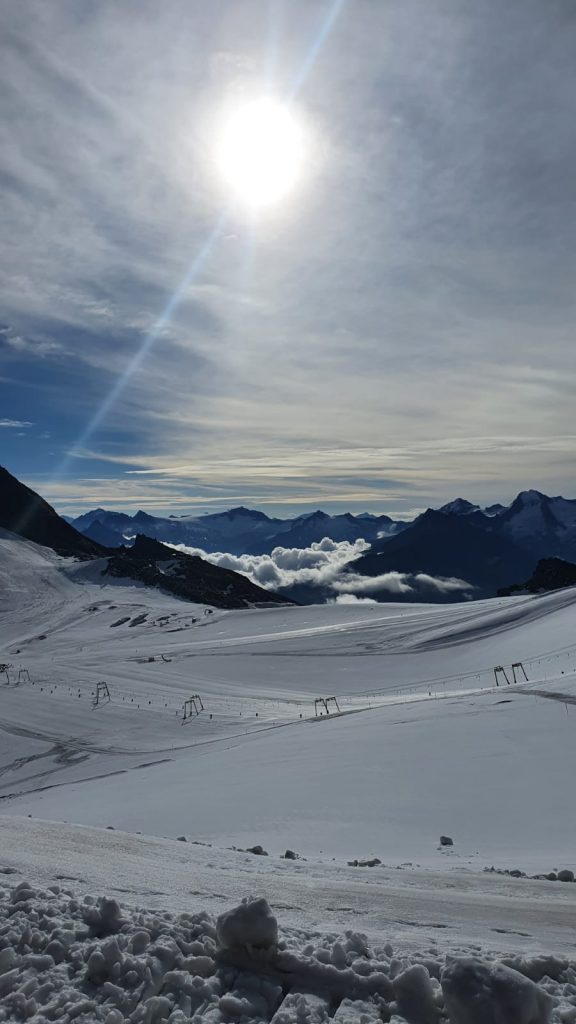
ALPS REPORT| We should be back up to seven ski areas open in the Alps from this coming Saturday, and up in to double figures by the end of September. But for now, it’s the same four it has been for the past month and they’ve been reporting mostly sunny weather and clear skies for most of the last week, albeit getting cooler. Austria’s year-round centre of Hintertux (0/65cm / 0/26”) is the only area currently open in the country (although that changes on Saturday), it continues to operate 20km of slopes. There are no areas currently open in France with Tignes due to open for the season in early October if conditions are right at the time. But Italy still has its Passo Stelvio (0/155cm / 0/62”) operating. The snow depth here is down 20cm (8 inches) on a week ago but it still has six kilometres (four miles) of runs open. In Switzerland, there are two centres, Saas-Fee (0/200cm / 0/80″) and year-round Zermatt (0/220cm / 0/88″). As well as the highest lifts and runs in Europe, the latter is currently posting the deepest base in the Alps but Saas-Fee as slightly more terrain open, 20km to Zermatt’s 15km.
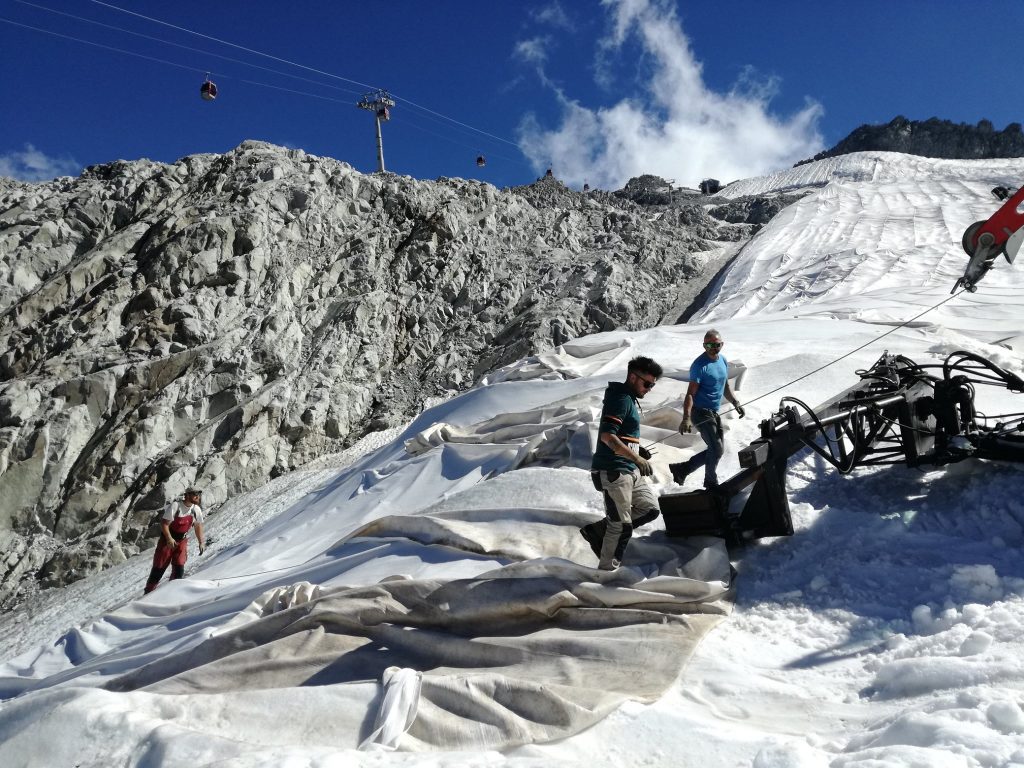
ALPS FORECAST| The week ahead looks like it should see a mixture of sunshine and showers up on the glaciers. It’s marginal, as it generally is at the time of year, whether those showers fall as rain or snow. Currently, models are pointing more to rain with temperatures a little above freezing, but it is so marginal it could easily go the other way and we live in hope. It’s currently looking like it should be a little colder and more likely to be snow in Italy and Switzerland than in Austria.
SCANDANAVIA
SCANDINAVIA REPORT| Norway’s Fonna (200/300cm / 80/120″) and Galdhoppigen (20/90cm / 8/36″) glaciers remain open and reported some fresh snowfall to start the week. We’re into the last few weeks of the season at Fonna, which is due to close at the end of the month, it’s just open at weekends now. Galdhoppigen should continue through to November, overlapping with the first areas opening in Scandinavia for winter 20-21.
SCANDINAVIA FORECAST| After some snowfall and a little rain at the start of this week the weather looks sunnier for the coming week (perhaps just a few more light showers on Friday/Saturday) with temperatures ranging from a few degrees below freezing up to seven or eight above.
ASIA
There are no known ski areas operating lifts for skiing in Asia at present, except within indoor snow centers.

